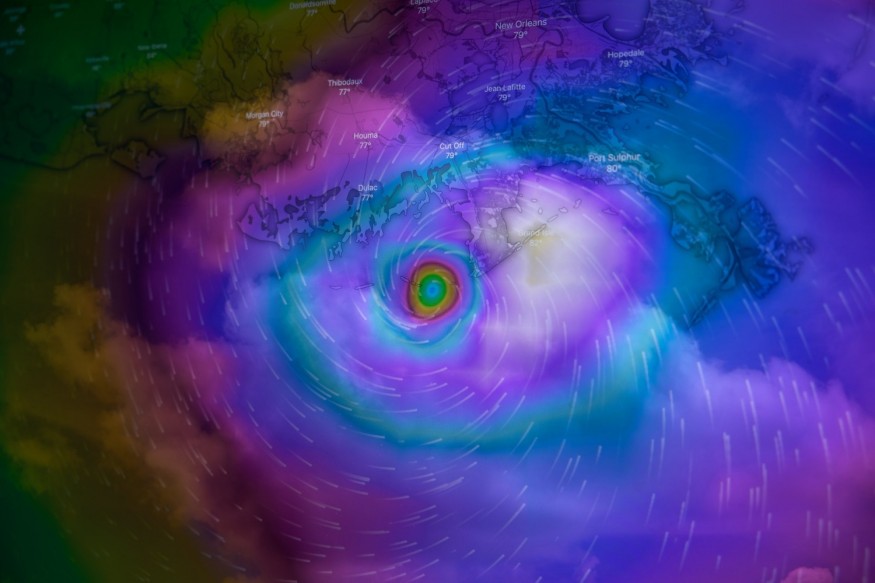
Weather is one of the most fascinating natural phenomena that impacts our daily lives. Whether it's sunshine or rain, high winds or calm, weather patterns can affect our moods, routines, and safety. As a result, weather prediction has become an essential service for society to prepare for and respond to changes in weather patterns. One tool that has revolutionized how we predict the weather is computer-generated models.
Weather models are computer-based simulation techniques used to forecast future atmospheric conditions based on current atmospheric observations. The primary goal of the model is to simulate what might happen in the atmosphere over time, given certain assumptions about forces such as wind, air pressure, temperature, and humidity.
Scientists have been studying and developing best weather models for decades now to improve their accuracy. But what goes into creating these models? Keep reading as we dive deeper into exploring how they work.
Understanding Weather Modeling
Let's delve into comprehending the fundamental data sources that fuel the creation of weather models. These sources include satellites adorned with an array of sensors, orbiting our planet and furnishing meteorologists with intricate details such as temperature readings across land and sea surfaces, as well as moisture content levels above the Earth's expanse.
Once all this data is collected from billions of sources worldwide every day - supercomputers take over - sorting it all up against physics equations designed by scientists. This modeling allows us to see 3D graphics simulations showcasing cyclones emerging off African coasts or precipitation caused by trade winds buckling against mountain ranges.
But these forecasting simulations don't stop there-they also help meteorologists examine patterns like thunderstorms that can cause injuries like lightning strikes, both expensive damage costs professional sports games postponed due to dangerous lightning popping up unexpectedly nearby. These modern tools help users stay informed, saving countless lives every year.
How Weather Models Work
Weather models play a crucial role in predicting our ever-changing atmospheric conditions. These complex simulations combine mathematical equations, extensive data collection, and powerful computing to provide forecasts that guide our daily lives. Here's a breakdown of how weather models work:
Data Collection and Assimilation: Weather models rely on a vast array of data sources, including satellite observations, ground-based measurements, weather balloons, and more. These data points are assimilated to create an accurate starting point for simulations.
Mathematical Equations and Algorithms: Central to weather modeling are the Navier-Stokes equations, which describe the behavior of fluids like air. These equations are adapted to atmospheric conditions, factoring in variables like temperature, pressure, humidity, and wind speed. Algorithms process these equations to simulate the dynamic interactions of the atmosphere.
High-Performance Computing: Executing the complex equations and simulations demands immense computing power. Supercomputers crunch numbers at lightning speed, breaking the atmosphere into a grid of interconnected points where calculations are performed.
Numerical Integration: Weather models use numerical integration to predict how atmospheric variables change over time. By dividing time into small intervals, the models calculate how conditions evolve, allowing for short-term, medium-range, and long-term forecasts.
Boundary Conditions and Physical Processes: The models consider factors like terrain, oceans, and land cover, which influence local weather patterns. They also account for various physical processes, including convection, radiation, and advection, which drive the movement of air masses and the development of weather events.
Impact and Applications of Weather Models
Weather models are powerful tools that extend beyond just predicting the weather for the day. Their applications span various industries and play a pivotal role in shaping decision-making and preparedness. Here's a closer look at how weather models impact different sectors:
A. Weather Models in Disaster Preparedness: Weather models provide critical insights for disaster management and preparedness. By forecasting severe weather events such as hurricanes, tornadoes, and floods, emergency responders can allocate resources, plan evacuations, and communicate timely warnings to vulnerable populations. Accurate predictions minimize the loss of life and property during natural disasters.
B. Agriculture and Crop Management: Farmers rely on weather models to optimize crop management. Accurate forecasts of precipitation, temperature, and humidity help farmers decide when to plant, irrigate, and harvest their crops. These models also assist in disease and pest management, ensuring that agricultural practices are aligned with weather conditions for higher yields and reduced environmental impact.
C. Aviation and Transportation: Weather conditions significantly influence aviation and transportation. Weather models provide information about wind patterns, turbulence, visibility, and other factors that affect flight safety. Airlines use these forecasts to plan routes, fuel consumption, and potential delays, contributing to smoother and more efficient travel experiences.
D. Energy Production and Consumption: Weather models play a vital role in energy production and consumption strategies. Renewable energy sources like solar and wind power are highly dependent on weather conditions. Accurate weather predictions enable energy companies to optimize their operations, manage energy demand, and mitigate potential disruptions caused by extreme weather events.
E. Urban Planning and Infrastructure Development: Weather models guide urban planning and infrastructure development by providing insights into how weather patterns might impact cities and regions. These models help design buildings that are energy-efficient and resilient to climate conditions, plan drainage systems to prevent flooding, and optimize transportation networks for various weather scenarios.
Final Thoughts
In conclusion, weather modeling stands as a formidable tool that has revolutionized our ability to anticipate shifts in the atmosphere. This process includes frames. By Its role in trend tracking, it guides us in making crucial decisions - from measured responses to gradual changes to urgent calls for action to avert potential losses. Weather predictions transcend the realm of scientific marvels; they wield direct influence over individuals, governments, and even the dynamics of geopolitics. However, despite the remarkable strides in this field, the influence of unpredictable events reminds us of its ongoing vulnerability. Thus, continued investment remains imperative for the advancement of weather modeling, ensuring public safety, well-being, and fostering a more balanced and secure path towards global interconnectedness.
© 2025 NatureWorldNews.com All rights reserved. Do not reproduce without permission.





